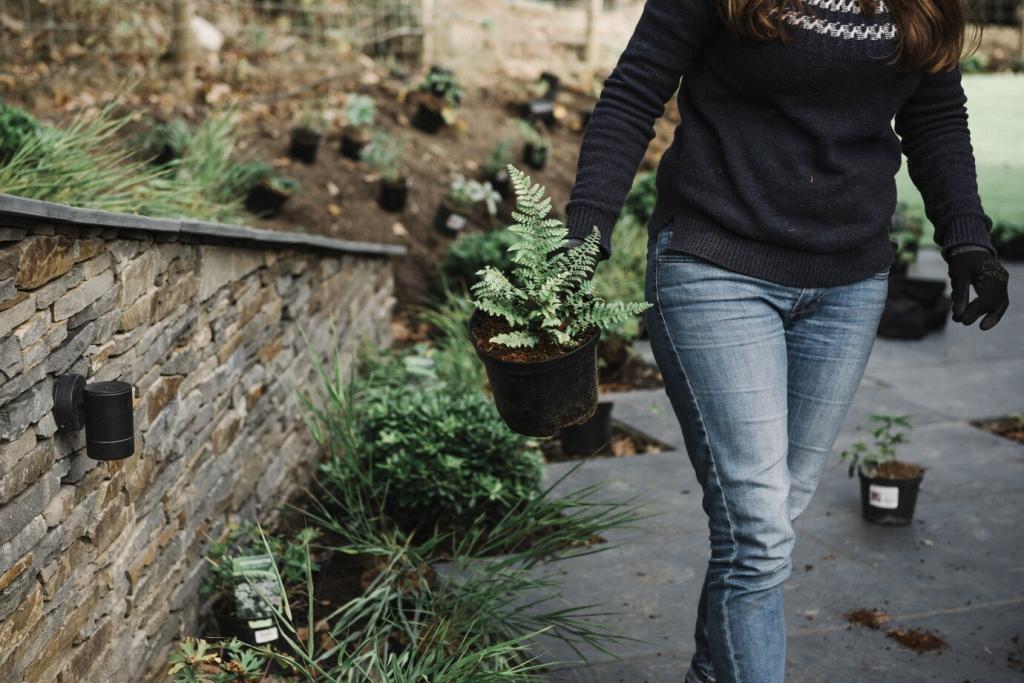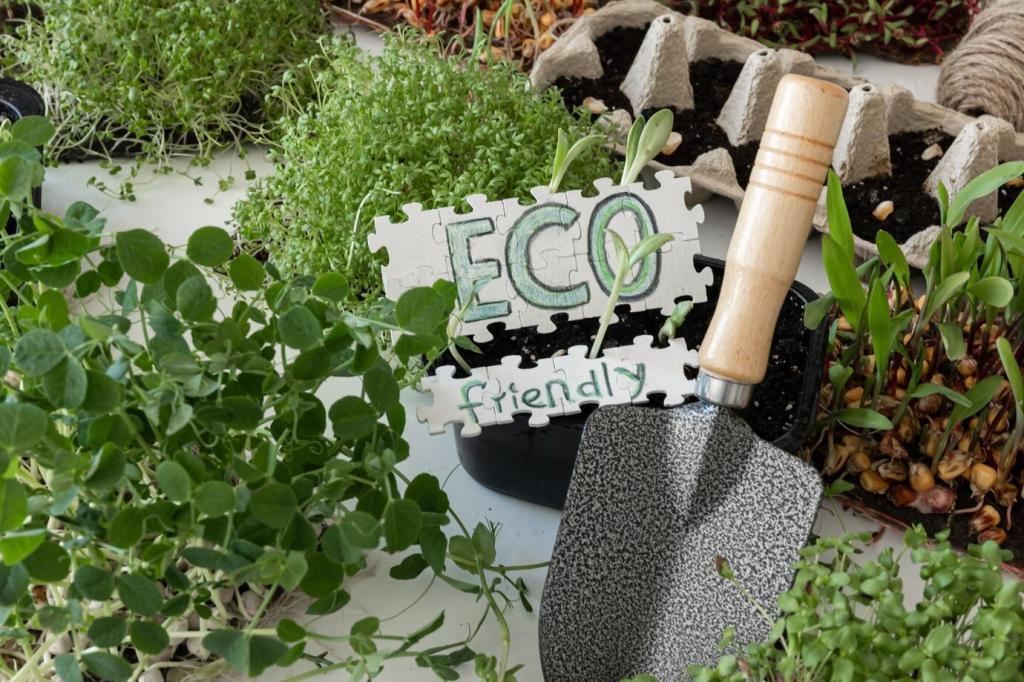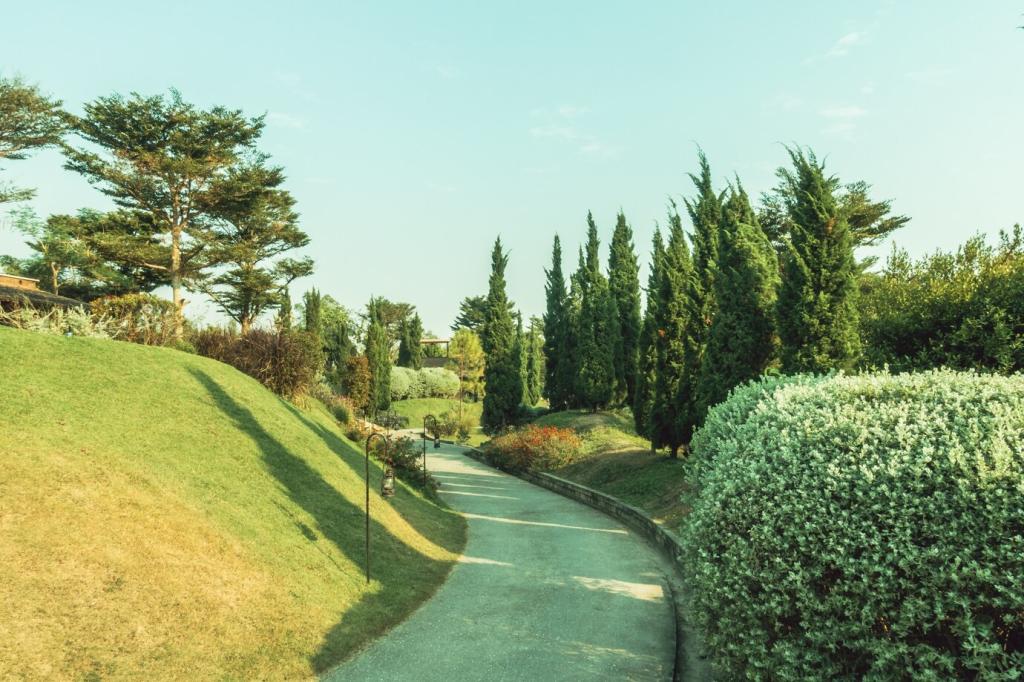Designing Beauty with Low Inputs
Combine compatible species in repeating patterns that knit together, suppress weeds, and flex with weather. Think dynamic, not static. A matrix of grasses and flowering perennials can deliver movement, habitat, and color with far less fertilizer, water, and weekend work than traditional beds.
Designing Beauty with Low Inputs
Plan for early, mid, and late-season flowers so pollinators never face a gap. Include seed heads and autumn structure for winter interest. Share your favorite trio that carries color from spring into frost while staying aligned with eco-conscious plant selection for gardens year after year.






